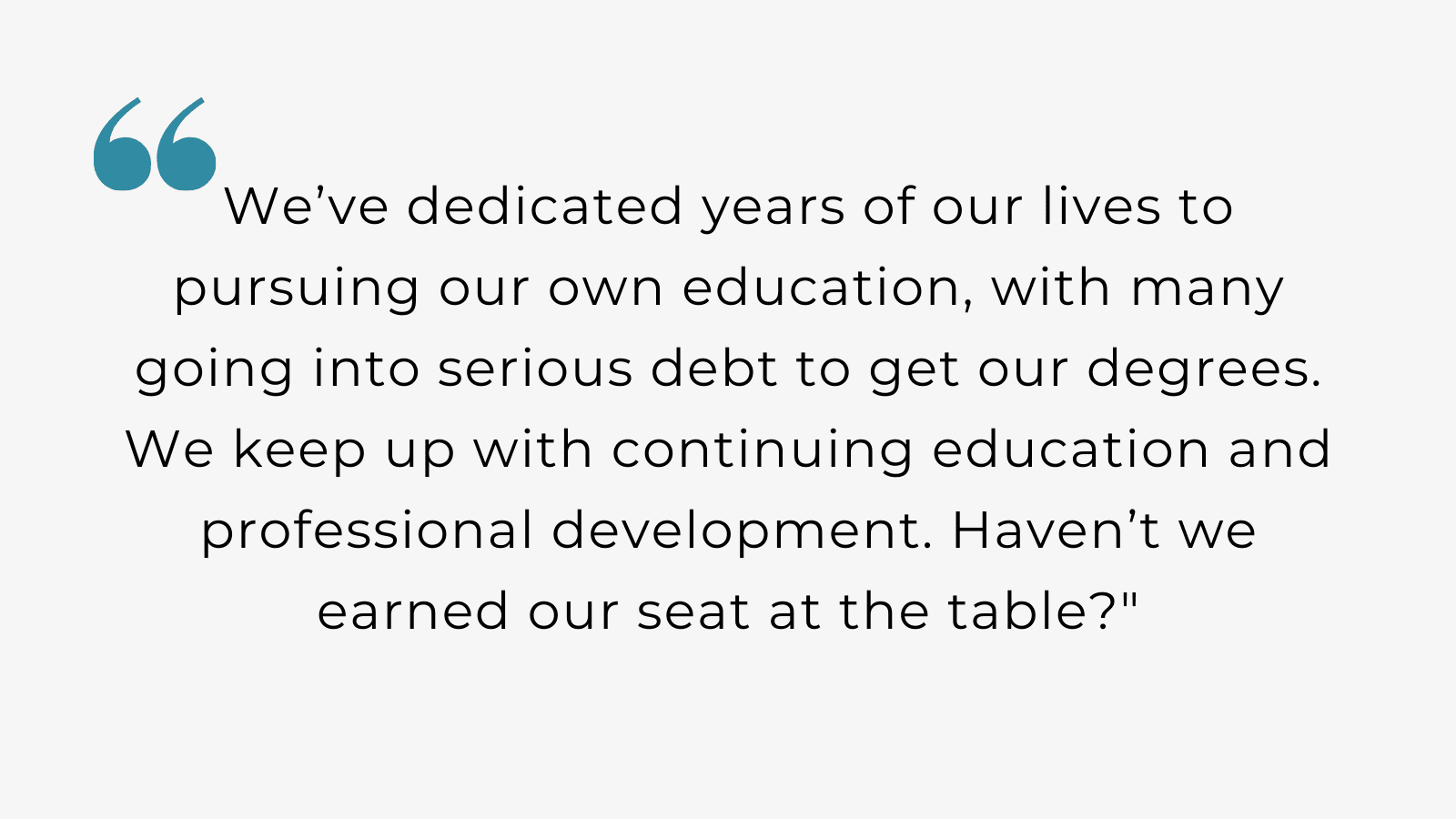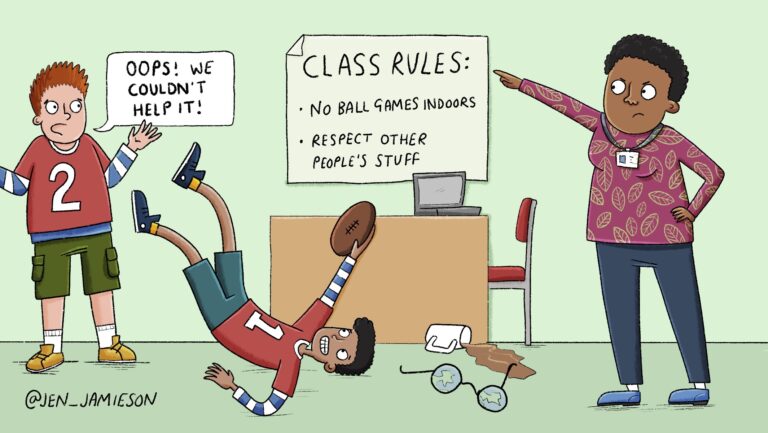While the pandemic has definitely taken a toll on teachers, we need to be honest—schools have been struggling for a long time. Many of us were exhausted and fed up long before COVID-19 was on our radar, but now those existing problems have been magnified. In fact, a majority of teachers say they’re more stressed right now than they’ve ever been. Schools need to do more to keep teachers from quitting and leaving the classroom.
A recent EducationWeek article openly questioned whether addressing five key issues could keep teachers from heading to the exits. Considering the level of crisis that permeates every level of our nation’s educational system, this conversation is more important than ever. We are teetering on the brink of disaster, so we can’t put this off another day. We decided to expand on these issues and add in a few of our own.
Problem 1: Staffing shortages
Almost every school district in the country is plagued by extreme staffing shortages. From the cafeteria to school buses and classrooms, there are not enough people filling the roles we need to have any sort of functional school year. Our kids deserve so much better than this.
Right now, Colorado has lowered the requirement for a one-year substitute teaching license to allow parents to fill in for teacher absences. We’ve had years to address the reasons behind our staffing shortages, but nothing has been done. Now, we’re in the middle of a pandemic, and teachers are leaving schools at a blistering pace. If we’re going to turn things around, we need to find a way to build up our workforce and support systems.
Problem 2: Low teacher pay
We’ve said before. We’ll say it again. Teachers continuously are underpaid and work more hours than needed. Increasing salaries leads to increased benefits. Teachers are more inclined to stay teaching. They are also more inclined to work in urban districts. Students do better, and it would help teachers not have to take on a second job. We could all use that relief.
Problem 3: Lack of teacher voice
How many of us have made suggestions or expressed concerns only to have them dismissed or swept under the rug? Despite being on the front lines, it often feels like no one wants to hear what teachers have to say. When we continue to be excluded from taking part in critical decisions while simultaneously having to live with the consequences of those choices, it creates a toxic work environment.
We’ve dedicated years of our lives to pursuing our own education, with many going into serious debt to get our degrees. We keep up with continuing education and professional development. Haven’t we earned our seat at the table? By giving us a voice, we not only feel heard and valued, but our ideas could also make a difference!
Problem 4: Student behavior problems
Year after year, we put our hearts and souls into our classrooms. We also dig into our own pockets to create a learning environment where our kids can grow and thrive. Any sacrifice is worth it for our students, right?
Except, the behavior issues and constant disruptions feel like they are getting worse and parents have become increasingly demanding. It shouldn’t feel like we’re stepping onto a battlefield in our classrooms on top of everything else. If we’re going to stop this mass exodus, teachers need help.
Teacher Terri Y. agrees. She says there are four reasons why she’s retiring sooner than she ever imagined. “Lack of transparency, especially now during Covid. Focus on building management instead of classroom management. Implementation of new programs without professional input from the key inputs in the decision making nor PD and tech support. Admin belief that they can make you do things that aren’t safe or not what’s best for you and/or kids.”
Problem 5: No respect from parents or admin
Unreasonable workloads, micromanaging, classroom disruptions, and feeling silenced within our own schools. When you stop to think about it, this all stems from a lack of respect. During the pandemic, many school districts made it clear that our health and safety are low on the list of priorities. If you’ve felt expendable, you’re not alone. It really is quite a picture when you look at it that way.
We can’t continue to bury our heads in the sand or look the other way. Teachers are stressed out and overworked, but we’ve tried our best to show up and do our jobs—through quarantines, the loss of colleagues, and so much more. How much would it mean to get the respect and recognition we deserve right now?
Problem 6: No work-life balance
Working overtime is not a badge we should strive for. Instead we should view it as a non-negotiable. We could probably all do a little better in terms of a work-life balance, but we could also encouragement from our admins in order to make it a reality and not feel like are letting our students and fellow teachers down.
Time off. Ending work on time. Better access to self-care and health benefits. All of these could do wonders to keeping teachers teaching.
Problem 7. No management or leadership
We can talk about all of the issues we’re seeing in schools right now, but the reality is that it all boils down to one overarching problem—poor management. Where is our leadership? Do teachers even feel like anyone has their back?
The unrealistic expectations, inconsistent work conditions, worsening behavior issues, and sheer lack of support create a level of vulnerability that teachers don’t deserve. Why would this inspire any sort of loyalty among educators when they aren’t even being given the basic necessities to do this job? How can we ever expect anything to improve when the trouble trickles down from the top?
Have you ever thought of leaving teaching? Have you already left? What are the main problems you’re seeing in your schools and could solving the above-mentioned key issues make a difference?
We want to hear from you! Join the discussion in our Facebook community!


